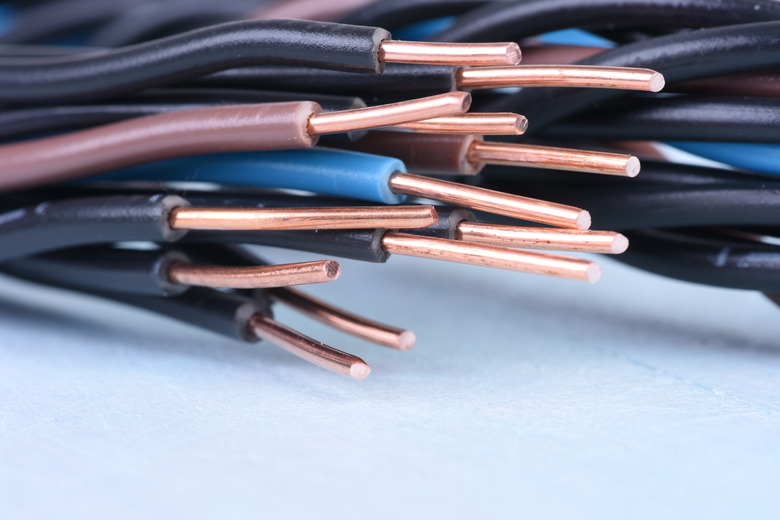How To Identify Hot & Neutral Electrical Wiring
What color is the hot wire? And what about the neutral wire? These are very common and very important questions if you're working on your home's electrical wiring. You need to know which wire is which to properly complete the circuit and to prevent shocks, fires and other issues that can happen with incorrect wiring. Always follow electrical safety protocols when identifying wires or handling electrical work. If you're unsure about wiring, contact a licensed electrician.
What Is a Hot Wire?
What Is a Hot Wire?
The standard wiring configuration uses three cables or wires: The hot, neutral and ground wires. Each plays an important role in getting electricity where it needs to go safely. The hot wire carries the power from your home's service panel to all of your light fixtures, switches and outlets.
What Is a Neutral Wire?
What Is a Neutral Wire?
All fixtures, outlets and switches also need a neutral line. It's the wire that creates the current's return path. It's responsible for creating the live circuit throughout the home. On outlets in the middle of the circuit, the neutral wire makes it possible for the current to move through the outlet to other outlets on the circuit and back to your service panel. On an outlet or fixture that's on the end of the run, the neutral wire sends the current back to the source.
Common House Wiring Colors
Common House Wiring Colors
Color is usually the best way to identify electrical wiring. All wiring looks the same on the inside, but the outside coverings come in different colors. If the person who installed the wiring followed regulations, the house wiring colors should give away the identity of the hot and neutral wires.
The standard color for your hot wire is black. If you see a black wire, you should always assume it's hot. There can be other colors of hot wires in some systems, as well, but black is the most common. Neutral wires should be white. However, if you see a white wire with electrical tape on it, that may indicate that it's being used as a hot wire. And ground wires are often plain copper, but the ground wire color can be green.
It's also possible to have some other colors may come into play depending on the system. Some systems use red wiring for switches. They are usually hot because they carry a current typically. Some complex systems also use yellow and blue wiring as hot wires for things like three- and four-way switches, fans or outlets connected to switches.
Testing the Wires
Testing the Wires
Even though codes regulate wiring, there's no guarantee that your wiring follows those codes. You might come across two wires of the same color, for example. Or someone handling their own wiring might mix up the colors if they're not aware of the requirements. To be certain about the wiring, find the hot wire with a multimeter or voltage testing device. This way you're absolutely sure which wire is hot when both are the same color.
To start, shut off the power source to the outlet so you can disconnect it safely. You'll want to cap all of the wires except for the black one that you're testing. Once you cap the wires, you can turn the power back on so you can test it with your multimeter. Holding the probes in the same hand, hold one probe to the ground wire and one to the black wire. A reading shows that you've found the hot wire.
Identifying the hot and neutral wires helps you handle small electrical issues safely. Using the wire colors and testing with a multimeter helps you be certain about the wiring.
